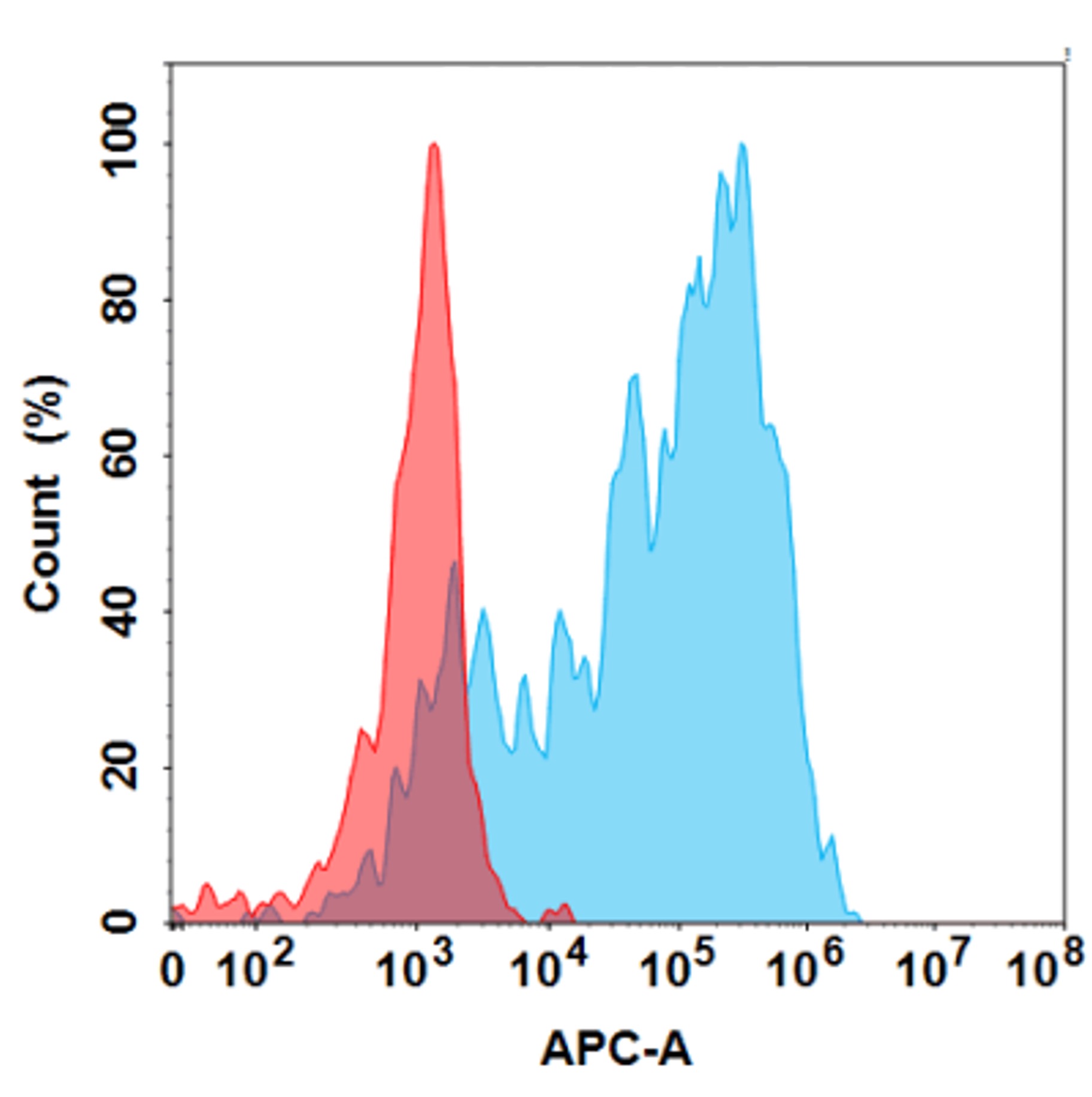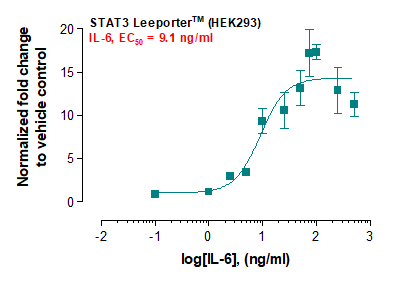Polyclonal antibody to Caspase-9

Figure-1: Western blot analysis of Caspase-9. Anti-Caspase-9 antibody (38-1045) was used at 1 µg/ml on Hela lysate.
Roll over image to zoom in
Shipping Info:
For estimated delivery dates, please contact us at [email protected]
| Format : | Purified |
| Amount : | 100 µg |
| Isotype : | Rabbit IgG |
| Purification : | Protein A Chromatography |
| Content : | 25 µg in 50 µl/100 µg in 200 µl PBS containing 0.05% BSA and 0.05% sodium azide. Sodium azide is highly toxic. |
| Storage condition : | Store the antibody at 4°C, stable for 6 months. For long-term storage, store at -20°C. Avoid repeated freeze and thaw cycles. |
Apoptosis, or programmed cell death, is a common property of all multicellular organisms. The current dogma of apoptosis suggests that the components of the core cell-death machinery are integral to cells and widely conserved across species. Caspases, a family of cysteinyl aspartate-specific proteases, are integral components of the cell death machinery (reviewed in Siegal, 2006; and Lavrik et al, 2005). They play a central role in the initiation and execution of apoptotic cell death and in inflammation. Caspases are typically divided into 3 major groups, depending on the structure of their prodomain and their function. Group 1: inflammatory caspases (caspases 1, 4, 5, 11, 12, 14). Group II: initiator of apoptosis caspases (caspases 2, 8, 9). Group II: effector caspases (caspases 3, 6, 7). Caspases are synthesized as zymogens (inactive pro enzyme precursors which require a biochemical change to become active enzymes) with an N-terminal prodomain of variable length followed by a large subunit (p20) and a small subunit (p10). Caspases are activated through proteolytic cleavage at specific asparagine residues that are located within the prodomain, the p10, and p20 subunits. Activation results in the generation of mature active caspases that consist of the heterotetramer p202-p102. Active caspases mediate cell death and inflammation through cleavage of particular cellular substrates that are involved in these processes. The Caspase-9 polyclonal antisera recognizes the pro form of caspase-9 (approx. 50 kDa), and the large (approx. 35 kDa) and small (approx. 15 kDa) subunits of active/cleaved Caspase-9.
Western blot analysis: 1-2 µg/ml, Flowcytometric analysis; 0.5-1 µg/10^6 cells
For Research Use Only. Not for use in diagnostic/therapeutics procedures.
| Post transnational modification: | Phosphorylated at Thr-125 by MAPK1/ERK2. Phosphorylation at Thr-125 is sufficient to block caspase-9 processing and subsequent caspase-3 activation. Phosphorylation on Tyr-153 by ABL1/c-Abl; occurs in the response of cells to DNA damage. |
| Tissue Specificity: | Ubiquitous, with highest expression in the heart, moderate expression in liver, skeletal muscle, and pancreas. Low levels in all other tissues. Within the heart, specifically expressed in myocytes. |
| BioGrid: | 107292. 37 interactions. |
|
There are currently no product reviews
|





















.png)














